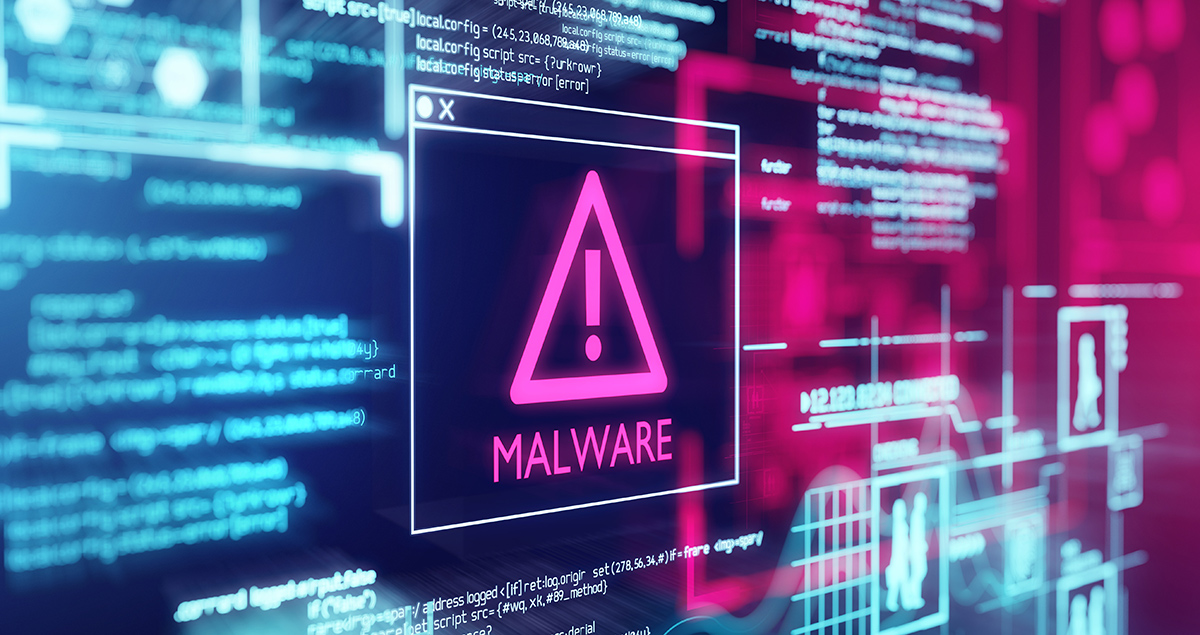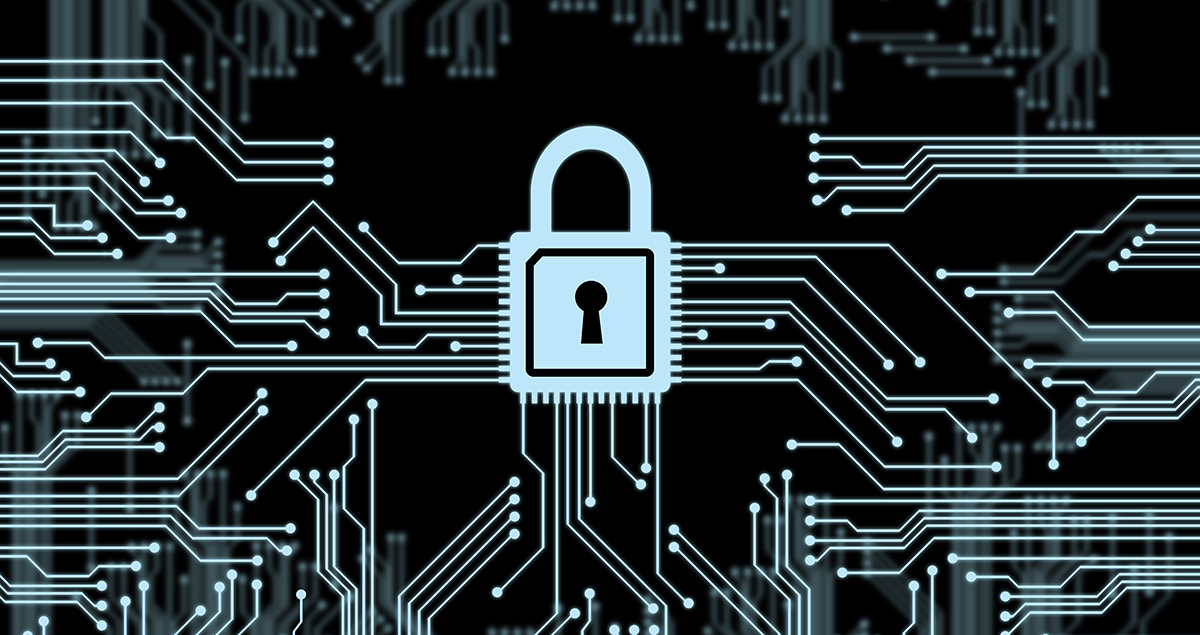How working together can help keep Asia Pacific cybersecure

Cybercrime is a fact of life in our digitally connected world. We are all vulnerable to criminals who seek to spy on, disrupt, or snatch control of digital systems.
Outsmarting ever more digitally sophisticated lone criminals, organized gangs, or even state actors, is no simple task and there's no cure-all solution.
However, by working together, there are ways to make systems robust and minimize the threat digital criminals pose.
Asia Pacific attacks
Asia Pacific region is both one of the fastest growing regions for digital technology and home to more cyber attacks - such as malware and ransomware - than anywhere else. As the region moves to cloud-based systems and switches on connection-rich 5G telecoms networks, the network traffic is expected to grow, which also presents new opportunities for cybercriminals.
In such a diverse region, attitudes and approaches to digital security differ greatly. But developing markets often see lower rates of cyber hygiene and more incidents of pirated software, leaving them vulnerable.

Malware attacks -- where malicious software cause damage to systems -- are more frequent in Asia Pacific than any other region, according to Microsoft's Security Endpoint Threat Report 2019. As are ransomware strikes, where cybercriminals take hold of a computer system and demand money to return control to its owner, which have also plagued the region, reaching more than 1.7 times the global average in 2018.
More recently, Distributed Denial-of-Service (DDoS) attacks have become the digital weapons of choice for savvy cybercriminals. These incursions overload a system with huge traffic generated by maliciously controlled devices, in effect, paralyzing its operation, and denying access to genuine users. NTT's Global Threat Intelligence Centre has recently experienced more DDoS attacks in Asia Pacific than any other region.

A secure relationship
The ISC Cybersecurity Workforce Study 2019 forecasts a growing global shortage of cybersecurity talent. So for many companies, a secure future rests on companies getting back to basics, while joining forces to defeat digital criminals.
Rather than trying to completely prevent attacks, detecting threats early and removing them quickly is a more effective approach
Eisaku Ito
Eisaku Ito
Initiatives like the Charter of Trust help the global cybersecurity community join forces to share best practice, raise awareness of good digital hygiene and security protocols, and identify new threats to quickly mitigate their impact.
Key takeaways from Charter of Trust Tokyo Roadshow 2020





